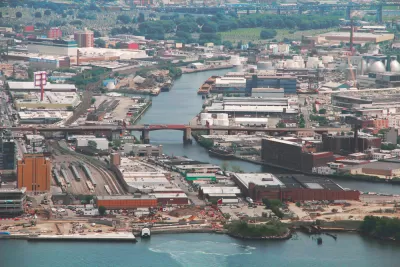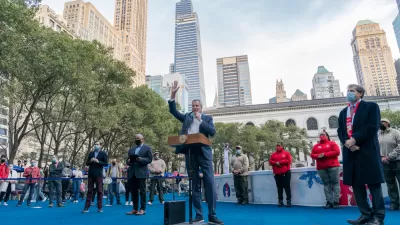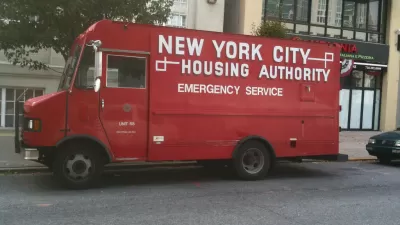Two development markets charged by an early 2000s rezoning will test the reach of the coronavirus in New York City's development market.

There is a lot of uncertainty in the development market of the nation's largest city, according to an article by Stefanos Chen and David W. Chen for The New York Times. The list of uncertainties thrown at the city since the outset of the pandemic is long and complex:
The quarantine in March knocked marketing and construction timelines off track, imperiling some builders’ plans and forcing others to rethink their projects on the fly. Some builders are changing apartment floor plans to make way for home offices and decontamination rooms, and rethinking amenities that no longer make sense in close quarters. To spur sales, new discounts and promotions, like rent-to-own programs more commonly seen after the 2008 recession, are now cropping up.
And after a monthslong reprieve from endless construction, the pause has also given new life to community concerns about what should be built, and for whom, considering not only the new economic reality, but also climate change concerns around the vulnerable coastline.
As their barometer for the future of the development industry in New York, Chen and Chen survey the scene around Newtown Creek, which connects the two previously bustling development markets in Long Island City in Queens and Greenpoint in Brooklyn. "There may be no better proving ground for which projects will succeed or fail in a post-Covid world than what is being built in these once largely industrial neighborhoods off Newton Creek," according to the article.
FULL STORY: What the Coronavirus Has Done to New Development

Maui's Vacation Rental Debate Turns Ugly
Verbal attacks, misinformation campaigns and fistfights plague a high-stakes debate to convert thousands of vacation rentals into long-term housing.

Planetizen Federal Action Tracker
A weekly monitor of how Trump’s orders and actions are impacting planners and planning in America.

San Francisco Suspends Traffic Calming Amidst Record Deaths
Citing “a challenging fiscal landscape,” the city will cease the program on the heels of 42 traffic deaths, including 24 pedestrians.

Half of Post-Fire Altadena Home Sales Were to Corporations
Large investors are quietly buying up dozens of properties in Altadena, California, where a devastating wildfire destroyed more than 6,000 homes in January.

Opinion: What San Francisco’s Proposed ‘Family Zoning’ Could Really Mean
Mayor Lurie is using ‘family zoning’ to encourage denser development and upzoning — but could the concept actually foster community and more human-scale public spaces?

Jacksonville Launches First Autonomous Transit Shuttle in US
A fleet of 14 fully autonomous vehicles will serve a 3.5-mile downtown Jacksonville route with 12 stops.
Urban Design for Planners 1: Software Tools
This six-course series explores essential urban design concepts using open source software and equips planners with the tools they need to participate fully in the urban design process.
Planning for Universal Design
Learn the tools for implementing Universal Design in planning regulations.
Gallatin County Department of Planning & Community Development
Heyer Gruel & Associates PA
JM Goldson LLC
City of Camden Redevelopment Agency
City of Astoria
Transportation Research & Education Center (TREC) at Portland State University
Jefferson Parish Government
Camden Redevelopment Agency
City of Claremont





























